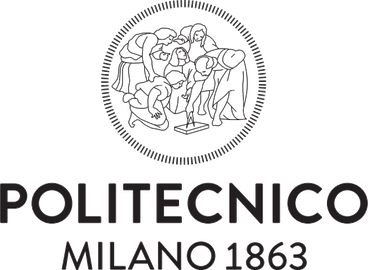Politecnico di Milano: GAP: A Step Forward In Preventing Bone Fractures
A group of students devised an innovative device and algorithm for understanding and preventing bone fractures. In the course of their lifetime, approximately 40% of Italians will suffer a broken femur, vertebra or wrist. Fractures caused by osteoporosis have major consequences in terms of mortality and motor disability, with high health and social costs.
The GAP project (image-Guided experimental and computational Analysis of fractured Patients) seeks to go beyond the limits of current bone fracture diagnostics to develop more effective methods of early diagnosis. The idea was conceived within the Alta Scuola Politecnica (ASP), the international programme reserved for the best students from the Politecnico di Milano and Politecnico di Torino.
The working group focused on the study of bone fractures at the microscale, where there are still many doubts as to the origin and propagation of fractures. The role of small cavities in the bone architecture, known as lacunae, remains unclear. In order to get a complete view, the students at ASP analysed the phenomenon through both an experimental campaign and using computational models.
They designed a micro-compression devicethat both tests femoral bone samples under conditions that reproduce the in-vivo working conditions inside the human body and acquires images of specific bone sections. This was made possible by the use of innovative technology, based on the generation of synchrotron light and high-quality free-electron lasers, at Elettra Sincrotrone in Trieste. Synchrotron light is a form of electromagnetic radiation characterised by charged particles moving at a very high velocity, close to the speed of light, and which consequently has a very short wavelength. These characteristics mean that the radiation peak falls within the range of X-rays and is very suitable for analysing tissue such as bone. This is the key point of the research, because, up until now, no one had ever studied bone lacunae with such high-resolution images. Indeed, the strength of this research is precisely the quality and quantity of images acquired and analysed.
Equally innovative was the technique used to process this large amount of data. Having to examine over 2 million images, the students decided to automate the process by developing a convolutional neural network capable of autonomously identifying bone lacunae. Neural networks are deep learning algorithms that are now the focus of attention in the international scientific community because of their potential in analysing clinical images. This algorithm saved more than 2 million hours in the post-processing phase. At the same time, the students also examined bone lacunae using computational simulations. They developed and validated a model that reproduces bone compression tests that can be used for future analyses without the need for new bone samples.
The GAP project, coordinated by Maria Chiara Sbarra, together with Irene Aiazzi, Bingji Liu, Alessandro Casto and Giovanni Ziarelli, has achieved important results in just two years of work. The multidisciplinary team, led by Professor Laura Vergani and PhD student Federica Buccino from the Department of Mechanics at the Politecnico di Milano, collaborated with ETH Zurich, the Elettra Sincrotrone international research centre in Trieste and the San Donato Group.

